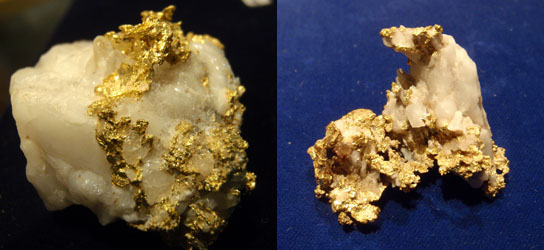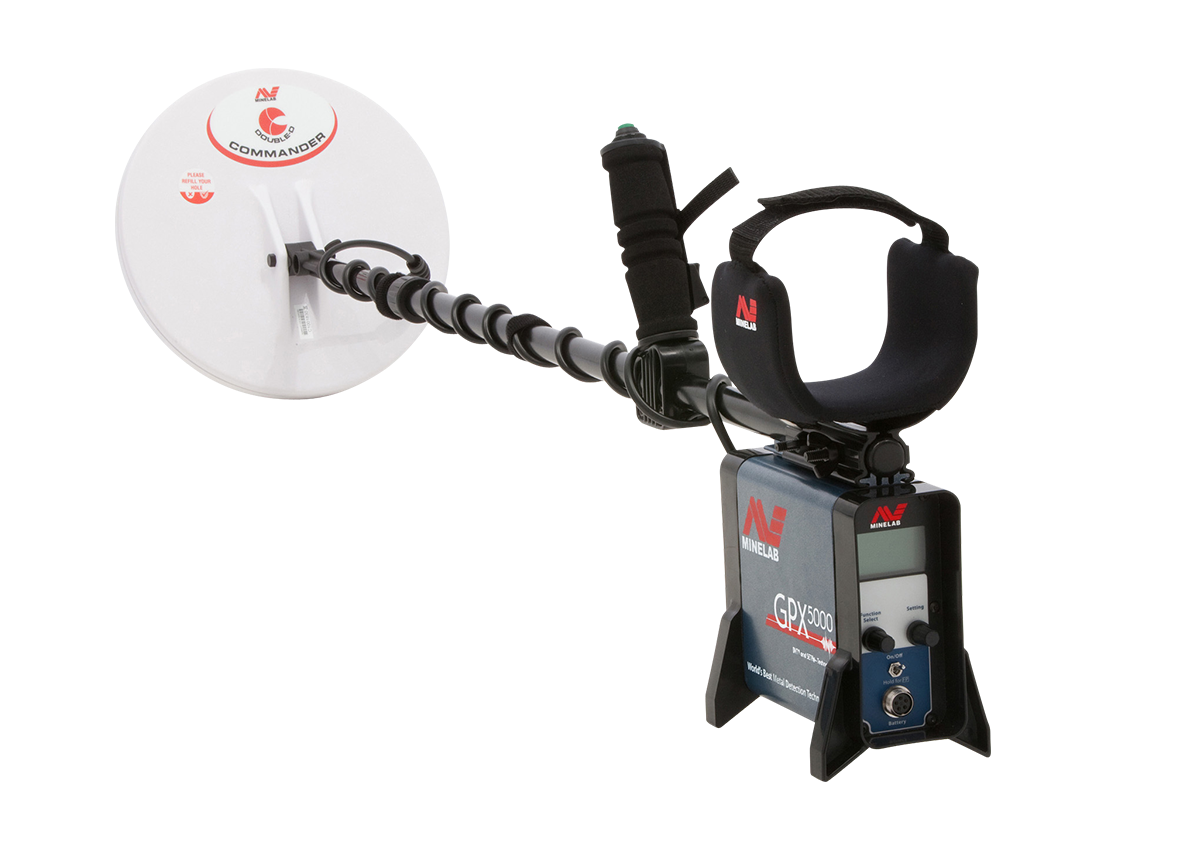One might think that within not too long a period a person could run his metal detector over every inch of ground inside a mine. However because the Original Sixteen to One is a combination of a number of old mines and the property has been worked on a more or less continuous basis for well over 100 years, there are literally miles of old underground workings to explore and one could spend a lot of time going over every bit of the vein that was exposed in the walls of the old workings.
In exploring the old property, the miners have maps of the old workings including notations on the map showing the location of the old rich pockets describing location and amounts of gold recovered from each one. It was exciting to look on the map of the underground workings and see notations that for example just in front of us the miners had recovered 10,000 ounces of gold or back down the drift a short ways they picked up 2000 ounces. The Original Sixteen to One has been extremely productive mine in the past, producing more than one million ounces of gold.

Once we got into the depths of the mine, we began the actual testing of the detectors. A bowling ball sized rock with a small amount of gold had been found earlier that morning and we both tested our detectors on it. Both the VLF and my GPX 5000 had no problem seeing the gold in that rock. We hiked around through various levels and stopped, testing the walls at spots where the VLF detector had indicated gold was present. At just about all of them, the GPX 5000 showed gold as well, but sometimes in slightly different spots. I talked about detector technology with the miners, but they were pretty well up on what is going on as far as gold oriented metal detectors.
While hard rock gold may be a possibility overlooked by some prospectors, I don't do much underground metal detecting in old mines simply because of the danger involved. In this case I was in a working mine accompanied by miners and employing all the necessary safety equipment and doing our work in compliance with federal MSHA standards. This is not the same as poking around some creaky underground mine that hasn't been worked in 50 years. I always recommend safety first when you're out gold prospecting because there is no amount of gold worth dying for. The prospecting I do related to hard rock mines is done outside on the old mine dumps testing the ores for the presence of free gold with my metal detector.
Chris Ralph
Chris Ralph’s Prospecting Encyclopedia





















Comments
To make comments you must be logged in, please note comments will not display immediately due to moderation